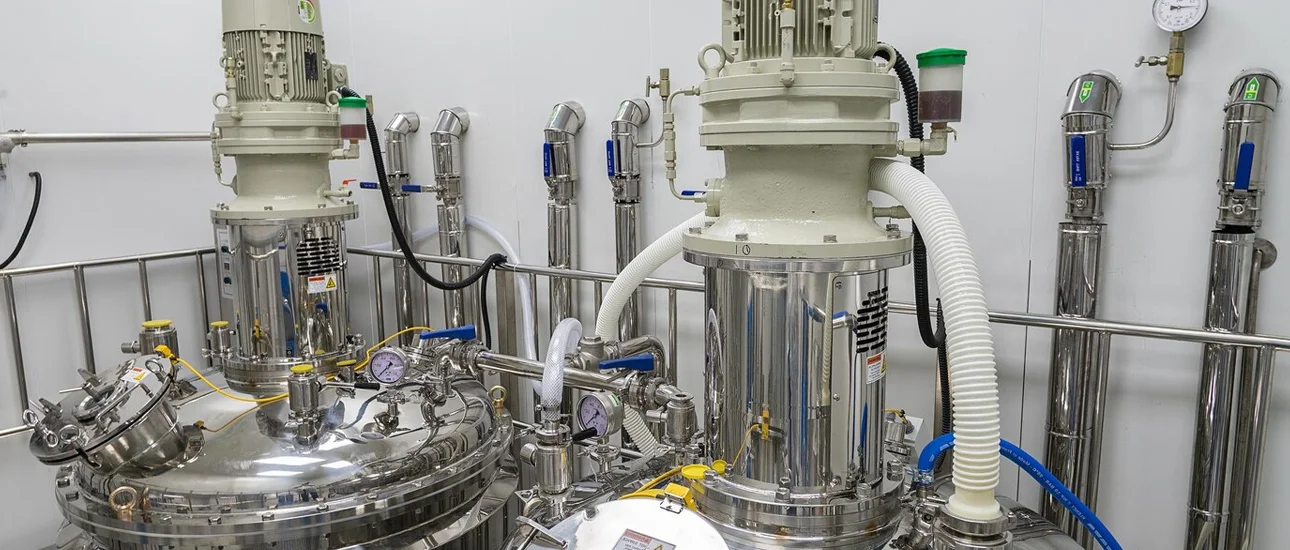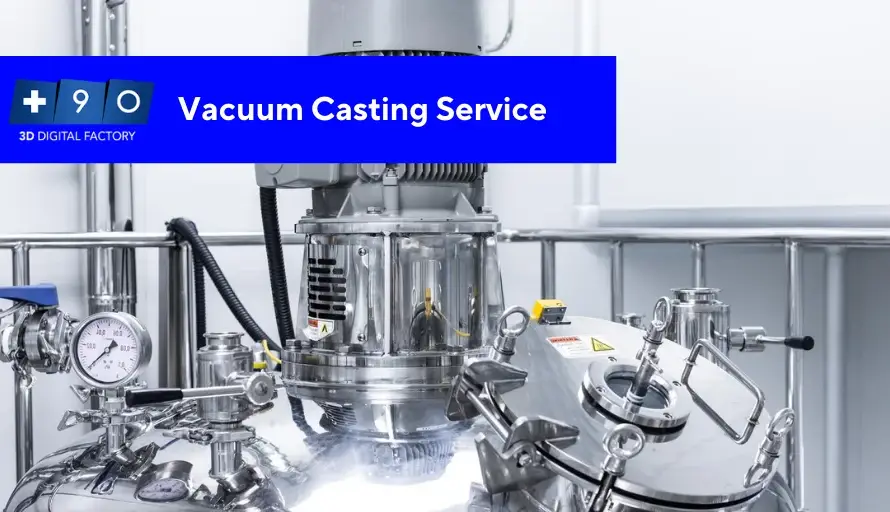Injection molding is a widely used method for producing plastic parts. This process involves injecting molten plastic material under high pressure into a mold and allowing it to cool and solidify. This technique enables rapid and efficient mass production of products, while also providing a high level of detail and surface quality. With applications ranging from the automotive industry to medical devices, injection molding plays a critical role in the economical production of complex shapes and designs.
The injection molding process involves a series of precise steps, from material selection to mold design, machine settings, and final product quality. The mold design is specifically configured according to the shape, size, and functionality of the part to be produced. The success of this process depends largely on the quality of the mold and the properties of the injected plastic material. Injection molding is an ideal method for applications requiring high standards of repeatability and consistency, as each part can be produced with the same quality.
With advancements in technology, injection molding processes have become more suitable for specific applications. Today, computer-aided design (CAD) and computer-aided engineering (CAE) tools play a vital role in optimizing mold design and the production process. Thanks to these tools, engineers can prototype parts faster and at lower cost, reduce production errors, and improve the quality of the final product. This allows the injection molding industry to continuously evolve and offer innovative solutions to meet the demands of various industries.
What is a Plastic Injection Machine?
A plastic injection machine is a machine that produces plastic parts by melting plastic material and injecting this molten material under high pressure into molds. These machines are the core component of the injection molding process and typically consist of three main parts: an injection unit, a mold clamping unit, and a control system. The injection unit melts the plastic granules and injects the molten plastic into the mold, while the mold clamping unit closes and tightly holds the mold to shape the material. The control system manages and optimizes all the process parameters of the machine.
Plastic injection machines offer high efficiency, speed, and production capacity, making them ideal for mass production of plastic parts. Available in various sizes and capacities, these machines can work with a wide variety of plastic materials and have a broad range of applications, from the automotive to the medical sector, from electronics to the packaging industry. Modern plastic injection machines are equipped with features such as energy efficiency, precise control, and ease of use, making production processes more economical and environmentally friendly. Due to such positive aspects, these machines, which are also included in the production processes of many sectors, have become a market that creates a supply and demand mechanism within itself.

How Does a Plastic Injection Machine Work?
The operating principle of a plastic injection machine is based on heating plastic granules to melt them and then injecting them into a mold under high pressure. The molten plastic cools and solidifies in the mold, taking the desired shape. This process enables the mass production of high-quality and detailed plastic parts.
These machines are used in a wide range of industries, from the automotive to the medical sector, from electronics to the packaging industry. These machines play a critical role in the production of various products, from automotive parts to medical devices, electronic components, and everyday items.
Some frequently asked questions and their answers related to the topic can be summarized as follows:
What is a plastic injection machine? A plastic injection machine is a production machine that shapes and solidifies molten plastic material by injecting it into a mold.
How does a plastic injection machine work? Plastic granules are heated and melted, then injected into the mold under high pressure. The molten plastic cools and solidifies, taking the shape of the mold.
What are the types of plastic injection machines? Plastic injection machines come in various types, such as hydraulic, electric, and hybrid. There are also machines designed for special purposes, such as multi-color and multi-material machines.
What are the applications of plastic injection machines? Used in various sectors such as automotive, medical, electronics, and packaging. It is common in the production of automotive parts, medical devices, electronic components, and everyday items.
What determines the prices of plastic injection machines? Prices vary depending on the size, type, brand, and features of the machine. The investment cost is directly proportional to the production capacity and technological features of the machine.
Injection molding plays a critical role in the mass production of plastic products. Technological innovations in this field are continuously improving production processes and offering new application areas. Plastic injection machines are indispensable in industrial production in terms of variety, speed, and quality.
Plastic Injection Machine Prices
The prices of plastic injection machines vary depending on the size, type, brand, and features of the machine. Although the investment cost is high, the production speed and quality offered by these machines ensure a quick return on investment.
Different price ranges can be seen for different segments and projects, and it is necessary to choose price/performance products among alternative models that can be preferred depending on the production volume. Since they are production machines, these injection machines, which can start from small amounts and reach thousands of dollars, can be obtained in more detail by contacting us, and you can get details about the subject from our experienced team.






